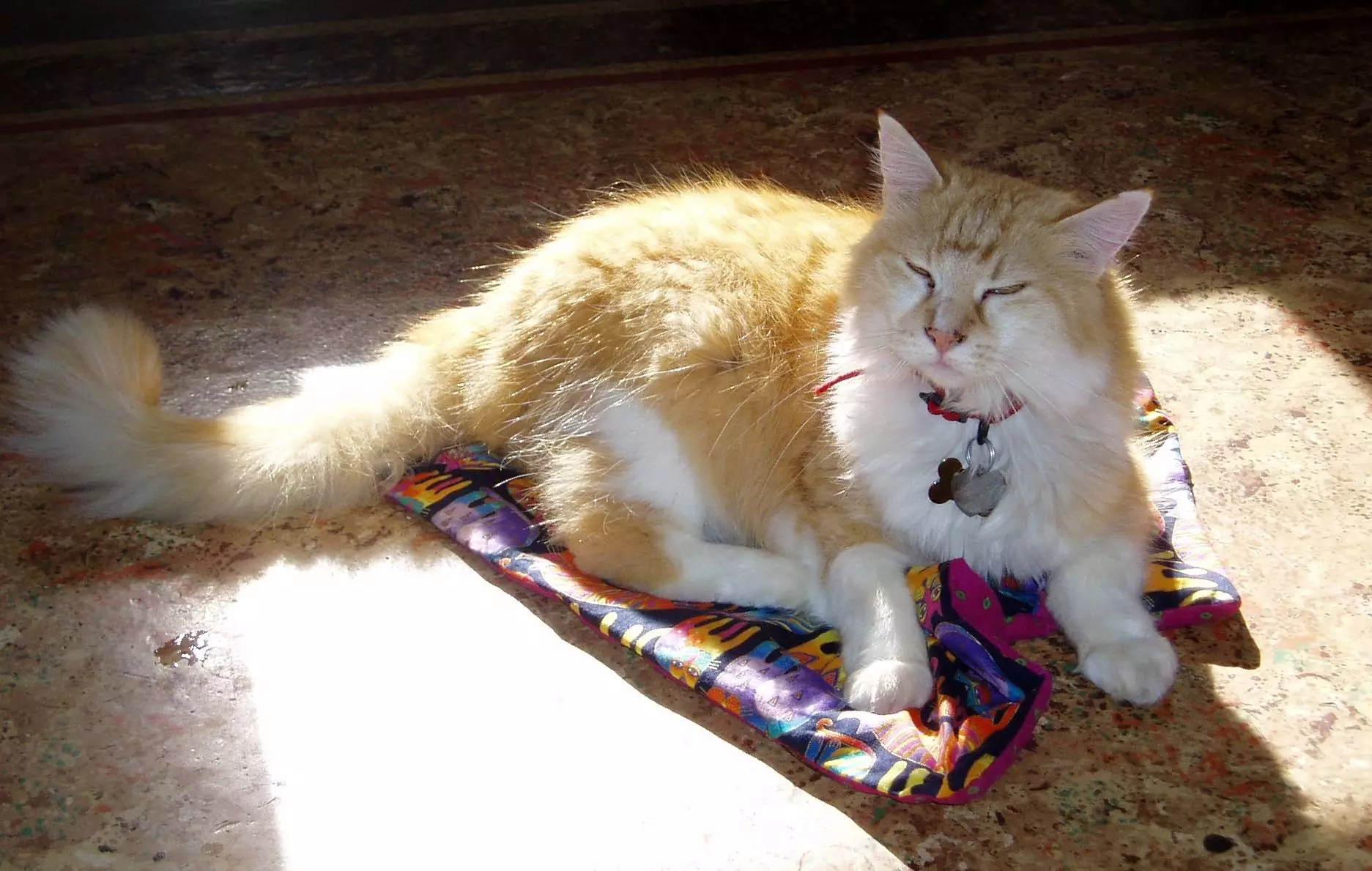The mere mention of administering pills to cats sends shudders through both pet owners and their furry companions. For cats, the experience of having a pill shoved down their throats can be nothing short of traumatic. As caring pet owners, it’s critical that we recognize the potential harm this common practice may cause. Recent studies highlight an alarming reality: the process of pilling a cat can lead to serious health complications. Thus, it is imperative that we rethink our approach to feline medication administration.
Cats are renowned for their stoicism, exhibiting a remarkable ability to mask pain and discomfort. This behavioral trait can lead to a false sense of security for pet owners who assume that if a pill is swallowed, all is well. Unfortunately, this could not be further from the truth. While the ingestion of the medication may seem successful, many pills often get lodged in the esophagus, which can result in irritation and other complications.
Research indicates that a significant number of pills do not travel successfully into the stomach but remain stuck in the esophagus. Studies reveal that within five minutes of administration, a staggering 84% of capsules and 64% of tablets can still remain trapped in the esophagus. The anatomy of cats makes this a particularly pressing issue; they lack the natural mechanisms to expel pills from their throat without assistance. This, in turn, can lead to a condition known as esophagitis, which can further escalate into esophageal strictures if left untreated.
The worries associated with pilling cats are compounded by the type of medication being administered. Certain drugs, particularly antibiotics, have been shown to cause severe damage when they linger in the esophagus. Compounding this issue are case studies that document tragic outcomes for cats that received even a single dose of specific medications such as clindamycin or metronidazole. This stark reality emphasizes the urgency of being vigilant and careful when it comes to feline medication management.
Many cat owners may appreciate an easy-to-use gelcap or pill, relying on their seemingly user-friendly design. However, evidence suggests that gelcaps can perform even worse than traditional tablets when it comes to clearing the throat. This highlights the need for not only cautious administration but also awareness of the types of medications being given.
Upon recognizing the potential hazards, the question remains: How can we ensure our feline friends receive their medications without unnecessary discomfort or danger? Fortunately, the solution is quite straightforward, emphasizing the importance of following a few simple techniques.
First, it is essential to acknowledge the direction provided with human medications: “Take with water.” Although cats do not drink on command, it is important to provide them with water right after administering a pill, either through soft cat food or by using an eyedropper. By doing so, pet owners can help move the pill past the esophagus and into the stomach where it can be processed.
In addition, consider methods to make pilling easier and more manageable. Some owners have found that coating pills with a small amount of butter can make them more palatable for cats, increasing the likelihood that the medication will be swallowed successfully. Whenever possible, inquire about having medications compounded into liquid form, which is often easier for cats to take and poses fewer risks.
It is crucial for pet owners to advocate for their cats’ health by asking informed questions whenever a veterinarian prescribes medication. Being proactive can be the difference between a routine treatment and a potential health crisis. Moreover, understanding the risks and learning about safe methods of administration can prevent a host of problems down the road, including unanticipated vet bills and unnecessary pain for our beloved companions.
The experience of pilling cats doesn’t have to be a perilous one. By recognizing the risks, implementing smarter strategies, and fostering open discussions with veterinarians, cat owners can ensure the safety and well-being of their pets. It is our responsibility to put their comfort first—because a happy cat makes for a happy household.
